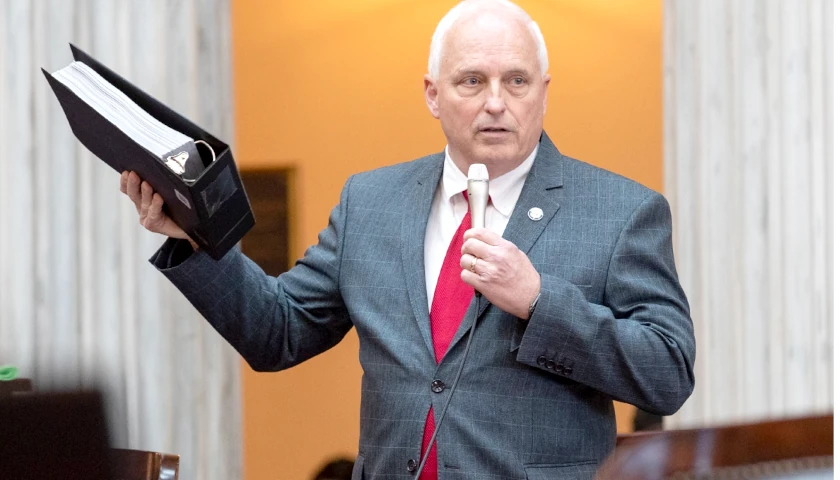by J.D. Davidson
After spending years developing a new school funding plan and failing to get it through the General Assembly last year, Ohio lawmakers have put it back on the table in the new legislative session.
State Reps. Jamie Callender (R-Concord) and Bride Rose Sweeney (D-Cleveland) introduced the Fair School Funding Plan, legislation they said modernizes K-12 school funding across the state. It is nearly identical to the proposal that passed the House a year ago but stalled in the Senate as the session expired.
“This has been a comprehensive legislative process in the House, as the original bill had nine hearings over the course of more than a year that resulted in a well-vetted school funding plan,” Callender said. “It is designed to meet the education-related needs of students of both today and into the future. It provides solutions that are transparent and justified by research and established best practices.”
The legislation – which changes the base cost formula to include a district’s income and takes into account everything involved in education, including professional development and extracurricular activities – calls for a six-year phase in and could mean $2 billion more for public primary and secondary schools.
State Sen. Matt Dolan (R-Chagrin Falls) who chairs the Senate Finance Committee, said actual costs remain unknown.
While the plan passed the Ohio House, Dolan and Senate Republicans resisted calls for passage by the end of the year, opting to offer funding for studies called for in the legislation that could provide more specifics on total costs.
At the end of the last session, Dolan said he planned to make school funding reform part of this year’s budget process.
“After 23 years under a broken school-funding system, Ohioans can’t afford to wait any longer for a fair and comprehensive solution,” Sweeney said. “For every time the Legislature kicked the can down the road in the past, more students have been left behind and more families have moved out of communities.”
House Speaker Bob Cupp (R-Lima) said earlier this week House priorities can be seen by early bill numbers, and the school funding framework is at the top of the list. It’s been designated as House Bill 1.
“I think we will be able to pass it separately and give the Senate some time to consider it before the budget gets there, and then I hope it will be incorporated into the budget,” Cupp said.
The bill originally was introduced in the House by Cupp and Rep. John Patterson (D-Jefferson) in spring 2019 after 18 months of work, according to Rep. Gayle Manning (R-North Ridgeville). After nine hearings, it eventually passed the House Finance Committee with a 32-0 vote.
The plan looks at two basic steps. First, what is the base cost to educate a student and how much can local communities pay.
The proposed base cost plan would incorporate professional development for teachers, health, safety, social and emotional needs of students, academic and athletic activities, technology, building and district operations and leadership and staff.
A key change to local funding, according to the sponsors, is the new plan would base 60% of a district’s local funding capacity on property values and 40% on resident income.
The plan also changes how community schools and voucher systems are paid. The money will go to the school educating the student, rather than the home district and then passed on.
Scioto Analysis, a central Ohio-based economic and public policy analysis firm specializing in tax and budget policy at the state and local level, surveyed 30 economists from Ohio colleges and universities. All but four agreed the plan would reduce inequality in the coming decades, but many also agreed it needed to be teamed with broader investments and smarter uses of money.
– – –
J.D. Davidson is a regular contributor to The Center Square. An Ohio native, Davidson is a veteran journalist with more than 30 years of experience in newspapers in Ohio, Georgia, Alabama and Texas. He has served as a reporter, editor, managing editor and publisher.





